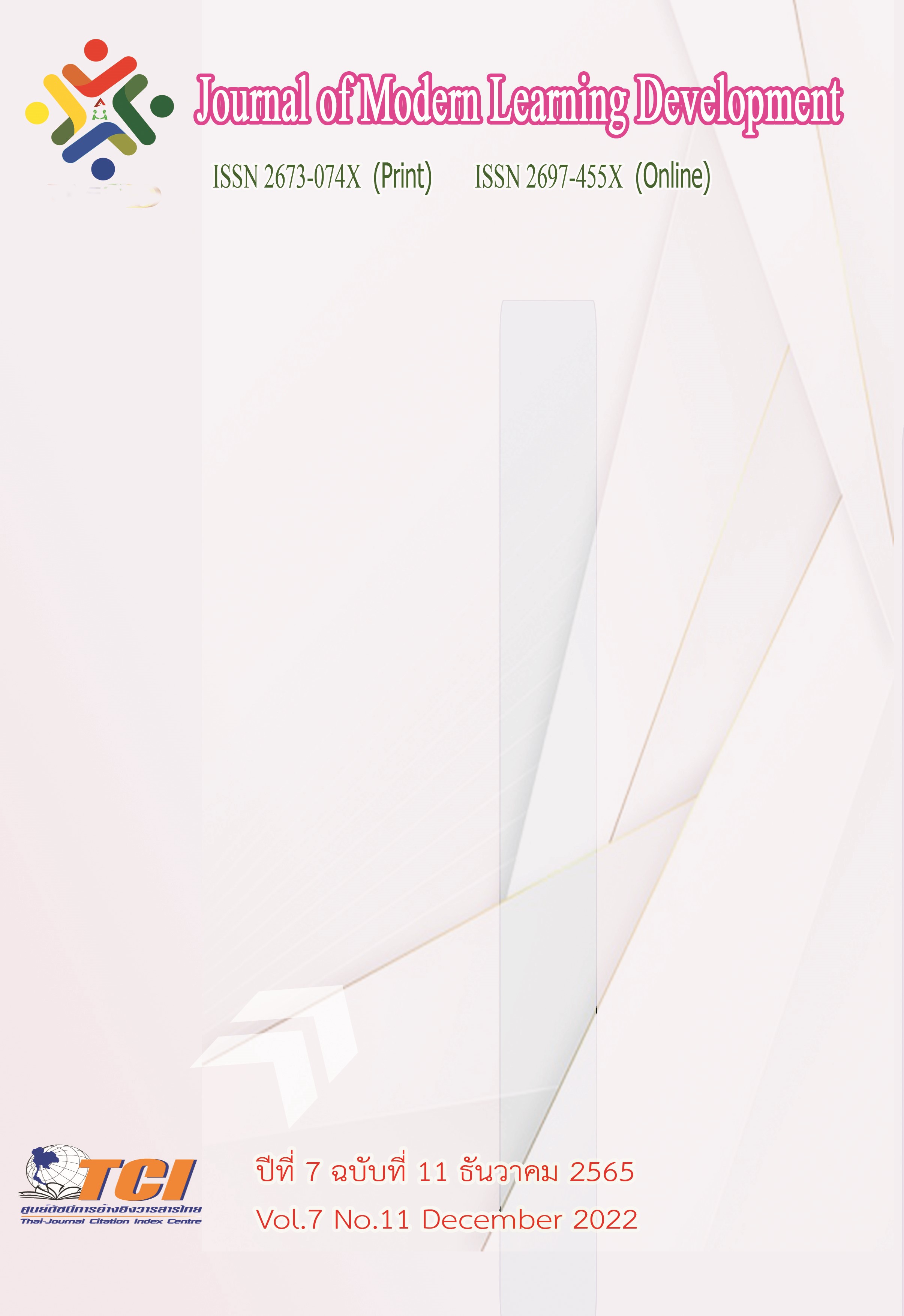Learning Chinese Culture through Chinese Drum in the International Student, Institute of International Education, Liaoning University, China
Main Article Content
Abstract
Studying in China is an integral part of China's foreign work and an important part of international cooperation and educational exchanges. It is of great significance in building a world-renowned and high-level university, promoting friendly exchanges between China and foreign youth, and enhancing friendship among the people. In recent years, with the continuous expansion of the number of international students in China, learning difficulties and social barriers have become increasingly prominent due to language barriers, teaching methods differences, value contrast, and other problems. More and more scholars and experts have begun to pay attention to this problem in the Chinese education circle. This article aims to reveal the spreading of Chinese drum culture internationally.
This paper found that In the current teaching management system of international students, Chinese and international students jointly carry out extracurricular activities, which most help overseas students adapt to Chinese culture, and consolidate and extend classroom teaching means.
Article Details
References
Bruce, P. (2008). Cultural IQ. The Public Law Publishing Bureau.
Dai, Y. & Cha, F. (2013). Build the cultural experience system in China. Social Science (03), 134-138. doi:10.16745/j.cnki.cn62-1110/c.2013.03. 043.
Gao, S., & Liang, Q. (2008). waist drum. China Federation of Literary and Art Publishing House.
Gary, M. (1992). The Oxford Music Education Handbook. Shanghai Music Publishing House.
Jia, H. (2017). Traditional Chinese music. Art Review (10), 45-47. DOI:CNKI:SUN:YSPN.0.2017-10-021.
Wolfgang, G. & New, N. (1993). Shaman dances in a revival among North American Indians. Dieganni (02), 48-60 + 124. DOI:CNKI:SUN:DOGN.0.1993-02-003.
Wu, Y. (2006). On the development of international student education. Scientific public (06), 76-77. doi:10.16728/j.cnki.kids. 2006.06.042.
Yang, Q., & Lv, Z. (2010). Comparison of Chinese and foreign music education. Central China Normal University Press.
Yan, C., & Pu, H. (1997). Chinese Drum Culture Research. Guangxi Education Publishing House.
Yu, Q. (2012). What is culture?. Changjiang Literature and Art Publishing House.
Zhang, Y. (2021). Theoretical orientation and practical significance of constructing the "intangible cultural heritage community". The Folk Culture Forum (01), 52-55. doi:10.16814/j.cnki.1008-7214.2021.01.013.
Yang, M., & Deng, J. (2015). takes Soochow University as an example. Cultural and educational materials (04), 149-151. DOI:CNKI:SUN: WJZZ.0.2015-04-066.


